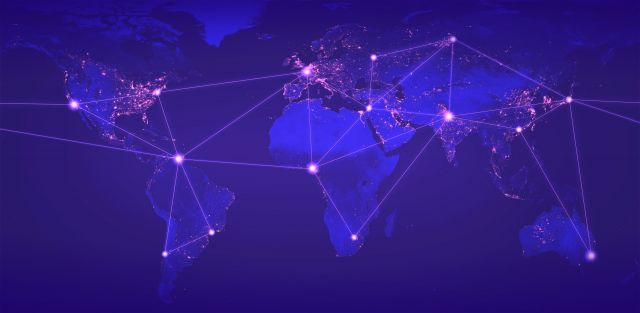As business organizations have become more advanced, workforces have also changed. Today’s businesses now require diverse teams with a global reach to penetrate different target markets. However, diverse teams of employees also require workplaces that are more flexible in order to ensure optimal efficiency. That is the part where multinational and cross-border teams come into the picture. Their rising popularity is a tribute to the excellent results such teams bring to their organizations.
However, cultivating multinational teams can often turn out to be a massive challenge for even highly experienced HR managers. Sometimes there are cultural and linguistic barriers. Apart from that, there are various time zones to contend with as well. It is very important to have a firm grasp of all the issues involved with running such a team. Let us take a quick look at some of the top strategies to cultivate your dream multinational team:
⮚ Address Linguistic and Cultural Challenges
Cultural and linguistic barriers are often the root cause of the ‘ us’ vs. ‘them’ attitude that effectively pits employees of a specific demographic against those they consider to be part of an alien culture. If this is not nipped in the bud, it will lead to a whole lot of mutual suspicion and distrust. In the long run, it will adversely affect the overall productivity of the entire organization. Here, it is imperative that an HR manager puts adequate measures in place in order to help employees better understand and respect their peers’ culture. They should also be made aware of the fact that there is no such thing as an inherently superior culture. Rather every culture is worthy of respect in its own right.
Here, the HR managers can encourage their staffers to find out which are the most common languages spoken by other employees. Maybe even learn a little of each other’s languages, participate in each other’s respective festivals, and so on. You could also organize exchange programs in each other’s respective countries. People could then get a taster for living as a digital nomad or executive nomad even for more senior staff. Cultural differences could then cease to be a challenge and become something to celebrate.
⮚ Make Sure They Understand Company Values and Vision
The purpose of a staff member’s employment should be centered on the company values as well as its vision. It is imperative that all of your employee training schedules, interview questions, staff meeting agendas, not to mention new employees’ orientation processes, should take the corporate mission into consideration. E-learning and technology-based education tools can be used to ensure everyone can access what they need to understand company values regardless of language, location and accessibility barriers. In fact, the corporate vision should be the glue that holds your whole multinational team together, irrespective of their nationalities. You should constantly remind all team members of the organizational policy of recruiting great talent from across the globe. They should be aware that it is a very valuable learning lesson for them as they will be exposed to a whole new range of learning experiences. In time, they will realize the opportunities that come with such diversity.
⮚ Learn To Build Trust
You can do this by the fairly simple expedient of showing your employees that you actually do care about their health and wellbeing. Taking care of their welfare is the very first step towards laying the foundation of a mutually trusting relationship. Initially, there will be a lot of scepticism and suspicion at the professional level amongst teammates as well as management. But once everyone realizes that the achievement of organizational goals is the key to success for everyone, they will get on the bandwagon. It is the job of the HR management to create that trust.
⮚ PEO services
It is an excellent idea to use a professional employer organization (PEO) such as NHGlobal Partners in order to help you find the foreign employees you need. They will also help you with creating a global payroll for the entire organization.
⮚ Celebrate Contributions and Achievements
It is a great idea to celebrate individual achievements as a team regardless of the geographical location of the team members. This way they will develop a sense of camaraderie and feel at one with the whole organization. Similarly, all employees have to be uniformly remunerated according to their rank and they must have the same opportunities for promotion.
⮚ Conclusion
It is possible to have multinational teams that work as a completely coordinated whole. In order to do so, the management has to treat them equally and make sure that there is no cultural bias and all linguistic barriers are broken down.

